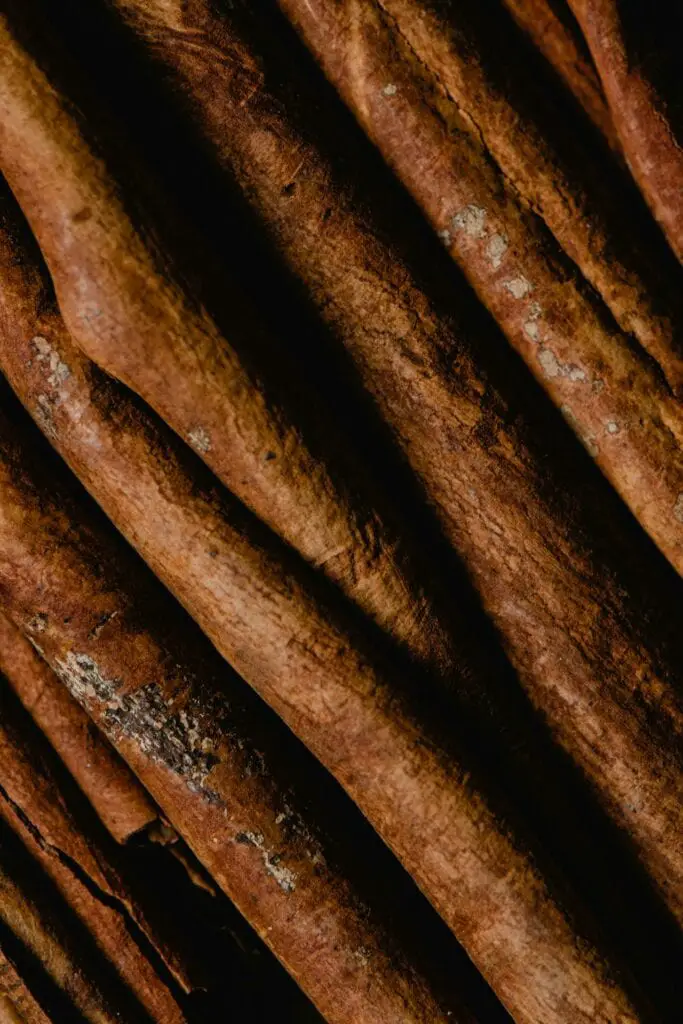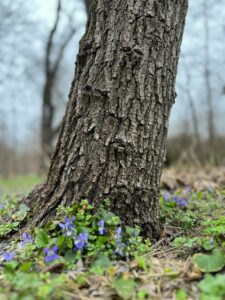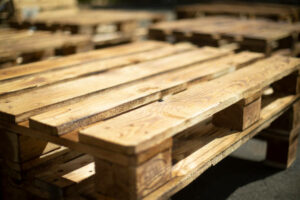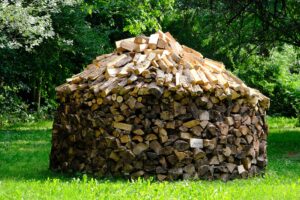Wood drying stickers are narrow lengths of wood that separate courses of lumber during air drying or kiln drying. Depending on the species, proper spacing can prevent staining and warping within the stack.
Correctly positioned stickers can also help reduce severe end splitting, bow, crook, and twist. These common defects can taint the value of the entire stack of lumber.
They Facilitate Airflow Around Stacks
Once the lumber is sawn into planks of satisfactory lengths and thicknesses, it’s important to stack them in a way that allows the boards to be exposed to air on all sides. This helps prevent warp and ensures that the boards dry at an even rate. Stickers facilitate the stacking process by adding space between the lumber planks, which increases ventilation and helps the drying process run more smoothly.
Generally, stickers should be placed about 24″ apart. However, the precise spacing will vary depending on the species and thickness of the lumber. For example, thinner lumber should have stickers closer together than thicker wood.
It’s also important to keep in mind that the foundation of a sticker stack mill should be relatively flat. This is important because the lumber will take on the shape of the foundation of the stack. If the foundation is uneven, the resultant lumber will be crooked and won’t dry evenly.
Another key consideration is that the stack should be oriented in such a way as to minimize direct sun exposure, which can cause the stack to dry unevenly. Additionally, the pile should be weighed periodically to monitor moisture reduction.
While commercially available wooden stickers are effective, they can be expensive. A more affordable alternative is a 3/4″ SCH40 electrical conduit, which can be purchased for $2 per 10′ section at home supply stores. This is a good choice because it has a small contact area and doesn’t allow mold or bugs to grow between the lumber and the sticker.
They Promote Even Drying
When drying lumber, you must strike a balance between drying the wood too slowly (resulting in stain) and drying it too quickly (causing warp). If you don’t properly stack your lumber or don’t support it adequately with stickers, it will become misshapen during the drying process. The closer that the stickers in a stack are spaced, the flatter the resultant lumber will be.
In addition to supporting the lumber, stickers help even out the moisture gradient throughout a stack. This helps prevent common defects such as surface checking and end checks.
These defects occur during the initial stages of drying when the wood is wettest. In air-dried wood, these defects result from a moisture gradient that develops between the lumber surfaces and the foundation. The wood in the center of the pile dries more rapidly than the edges, leading to surface and end checks.
Stickers help reduce the formation of these defects by minimizing their occurrence and the severity of any that do occur. When you use proper sticker spacing (ie: at least a foot between two sticks each) and orient the rows of stacks to allow prevailing winds to blow more directly under foundations, you will find that the quality of your finished lumber is significantly improved.
While store-bought wooden stickers work well, they can be expensive. A good alternative is a 3/4″ SCH40 electrical conduit, which can be purchased for about $2 per 10′ section at most home supply stores. It has the added benefit of having very little contact area with stacked lumber, so mold and bugs don’t get in between it and the lumber.
They Prevent Mold and Mildew Growth
Stacks of wood that are not properly air-dried can develop mold and mildew that may stain or decay the lumber. Molds grow in moist areas and require a food source and oxygen to thrive. The use of stickers ensures the lumber stays as dry as possible and helps eliminate the growth of molds that can stain and/or rot the lumber.
Store-bought stickers are expensive, but a good alternative is a 3/4″ SCH40 electrical conduit, available for only $2 per 10′ section at your local home improvement supply store. It is very rigid, so molds can’t get between it and the stacked wood, and bugs don’t like it either. Stickers can be cut lengthwise to match the width of your sawn lumber, or purchased in pre-cut lengths.
Moisture is the main cause of the production of mold and mildew in wood, so keeping wood as dry as possible prevents these problems. Stickers, a proper kiln schedule, and proper ventilation all aid in the drying process.
Another factor to consider is milling during the colder months, as this will allow for better drying of greenwood, especially trees used in warm weather. This will help to mitigate the staining seen in summer cuts of pine. A little staining is inevitable, but this can be minimized by using dry stickers, light surfacing, and adherence to a kiln schedule appropriate for the species of wood and thickness of lumber being dried.
They Maintain Wood Quality
The use of kiln drying stickers plays an important role in maintaining wood quality and minimizing defects during the drying process. The sticker material should be dry, free from bark, decay, and stain, and of a size and thickness that can provide proper support to the stacks. Typically, one-inch thick stickers are used to separate each pile of lumber. Using different sizes and thicknesses of kiln stickers can cause inconsistent pressure on the stacks, which can lead to uneven moisture distribution, increasing the likelihood of staining and warping.
Orienting the piles to best take advantage of prevailing winds can help reduce problems with wind-induced stains. It is also important to keep the stacks as level as possible and to maintain adequate spacing between the piles so that air can move easily through the lumber and stacks. Ideally, a bottom support bunk or bolster should be placed under each row of stickers to minimize sagging during the heat of the drying process.
Moisture escapes from the ends of lumber 10 to 15 times faster than through other surfaces, which can create large stresses that are only relieved during end-grain checking (splitting). Sealing the ends of the wood helps control longitudinal diffusion and prevent these drying-related defects. If the ends of lumber are left unsealed, they should be coated with a top-grade solvent-based sealing product that is safe for woodworking.






